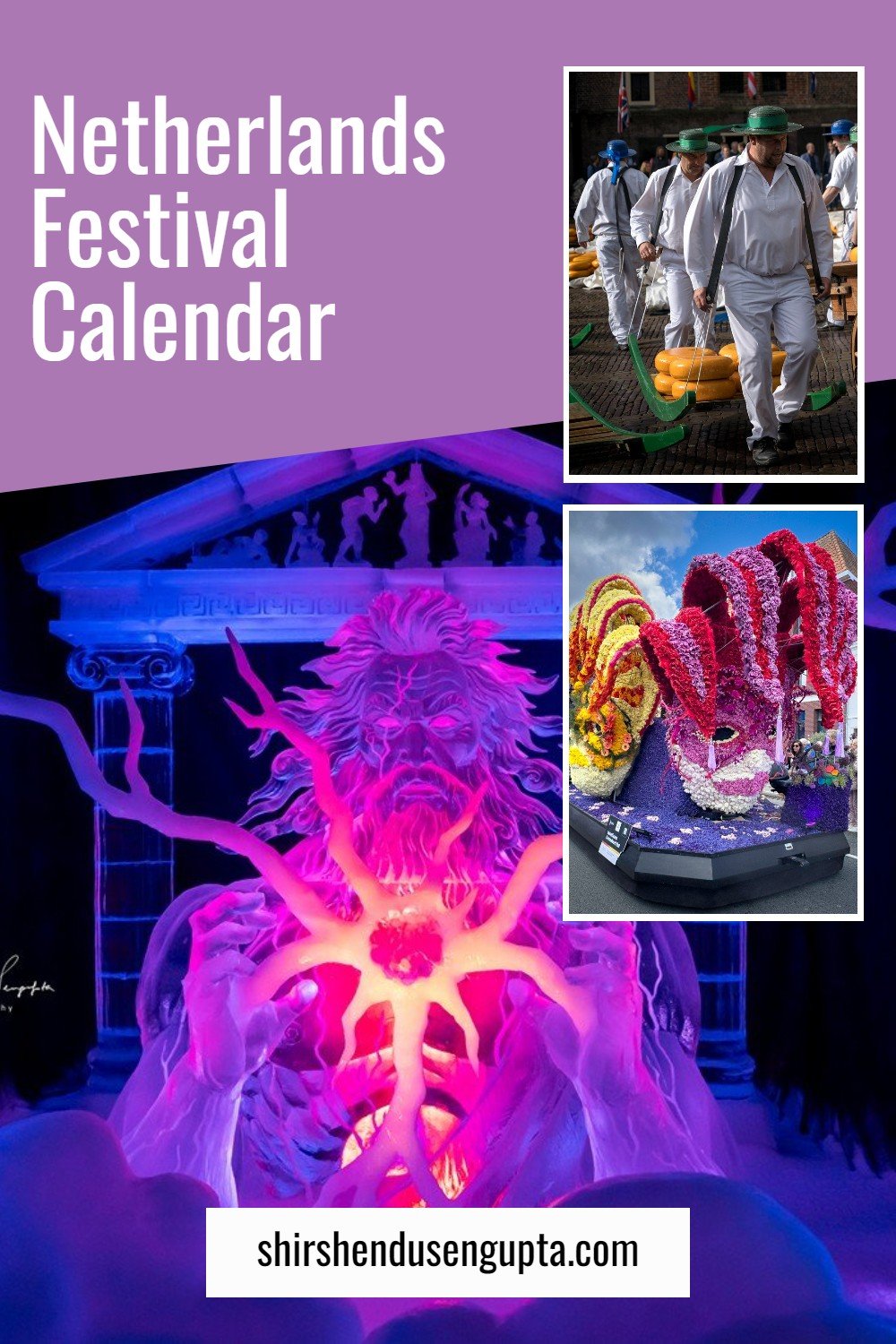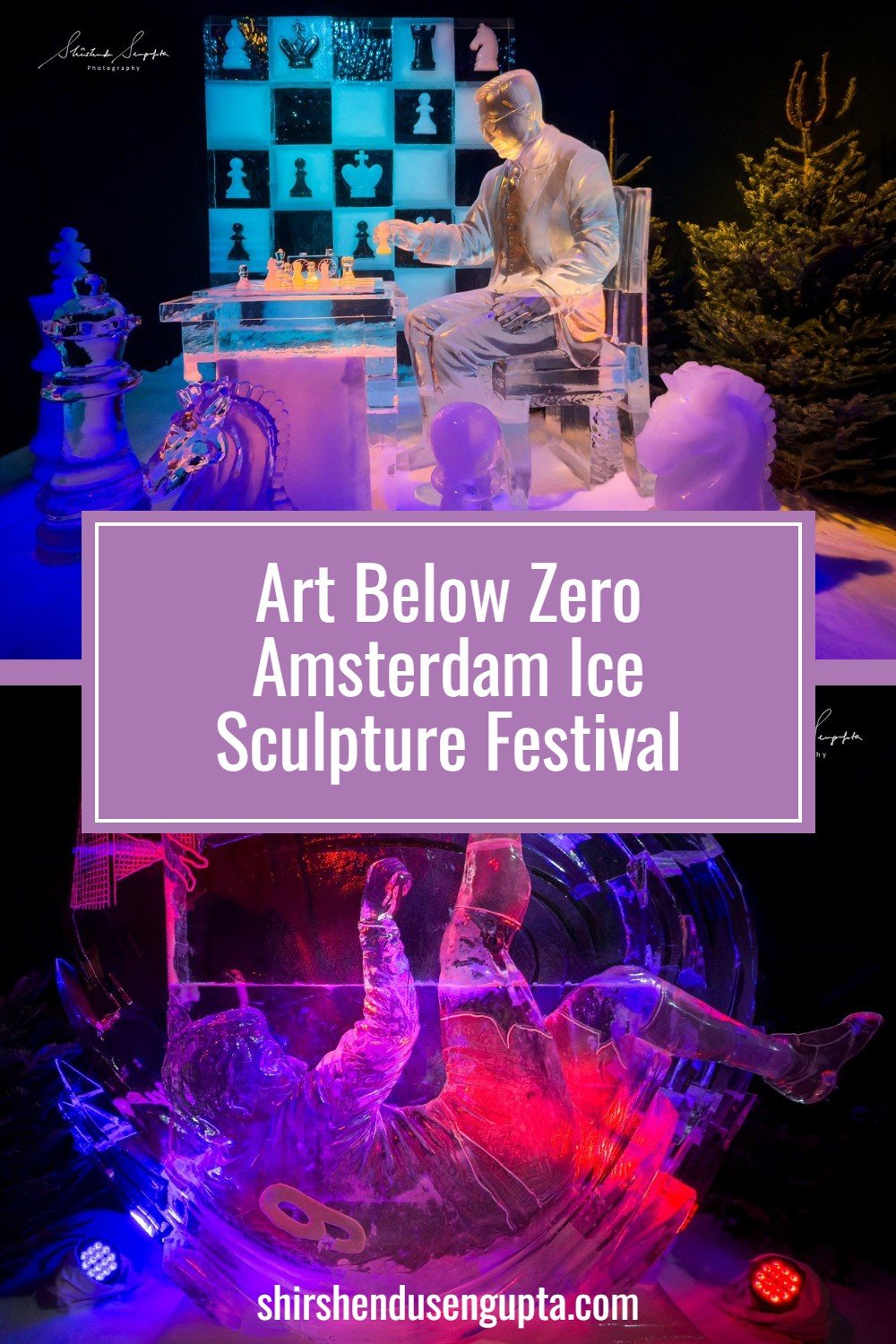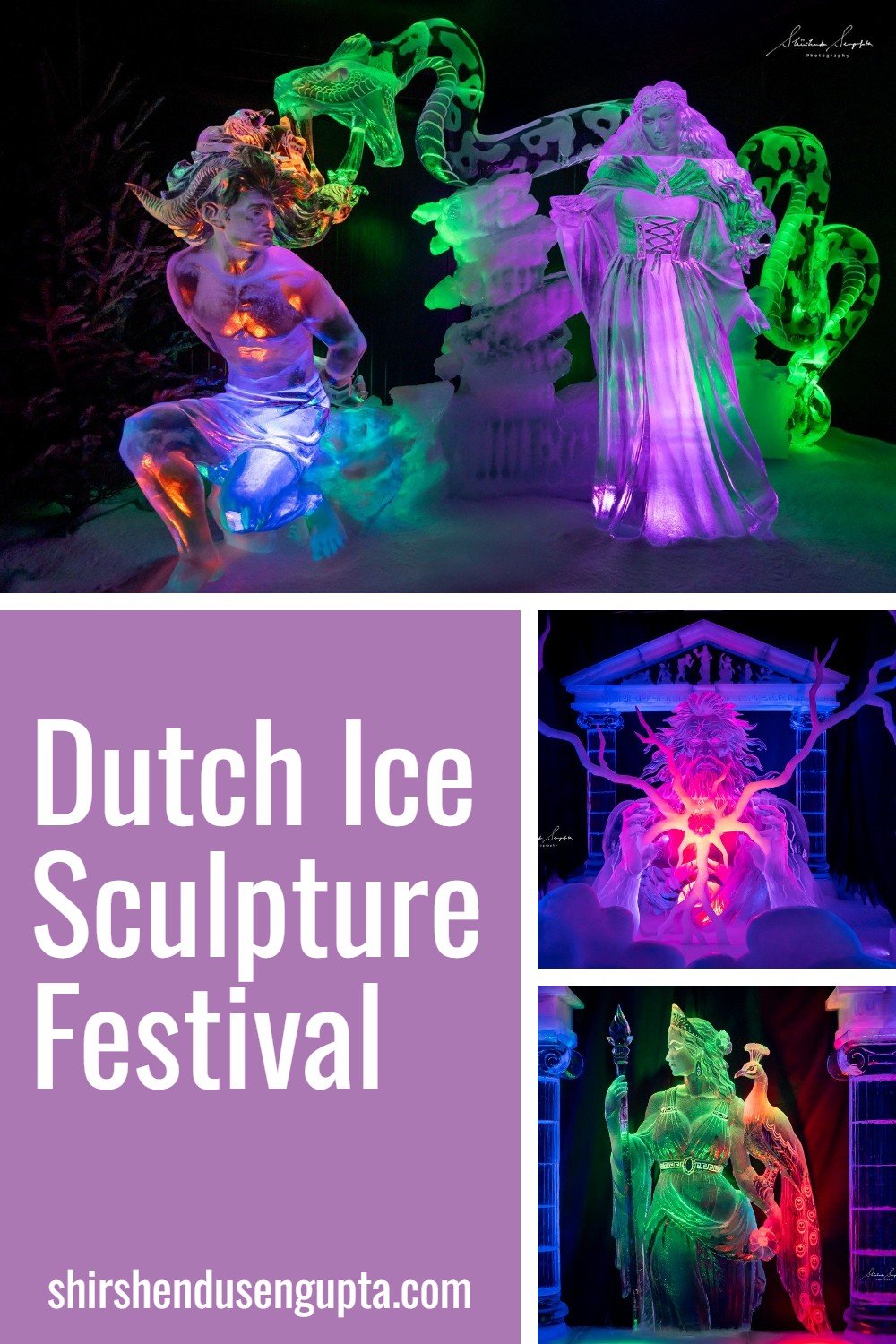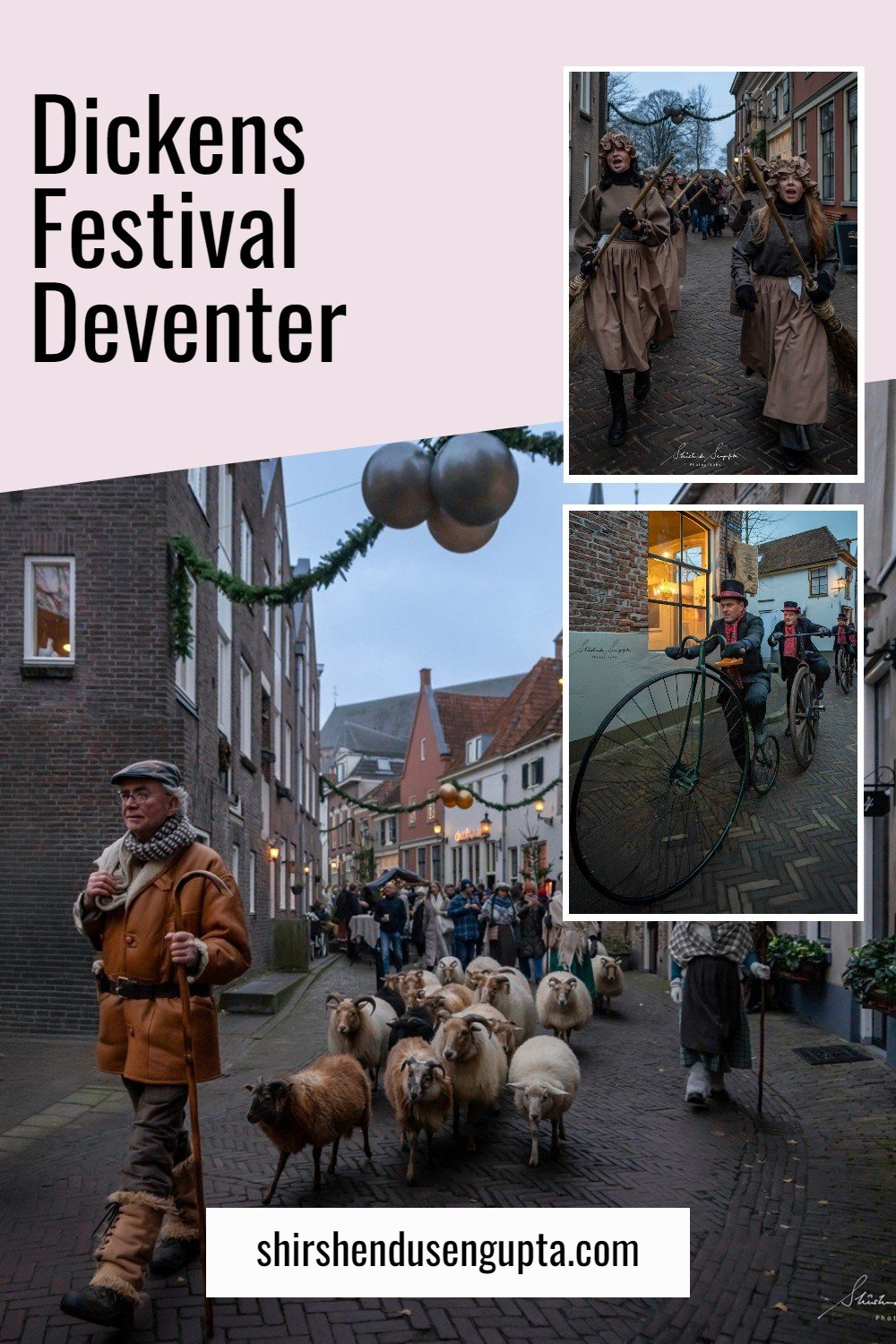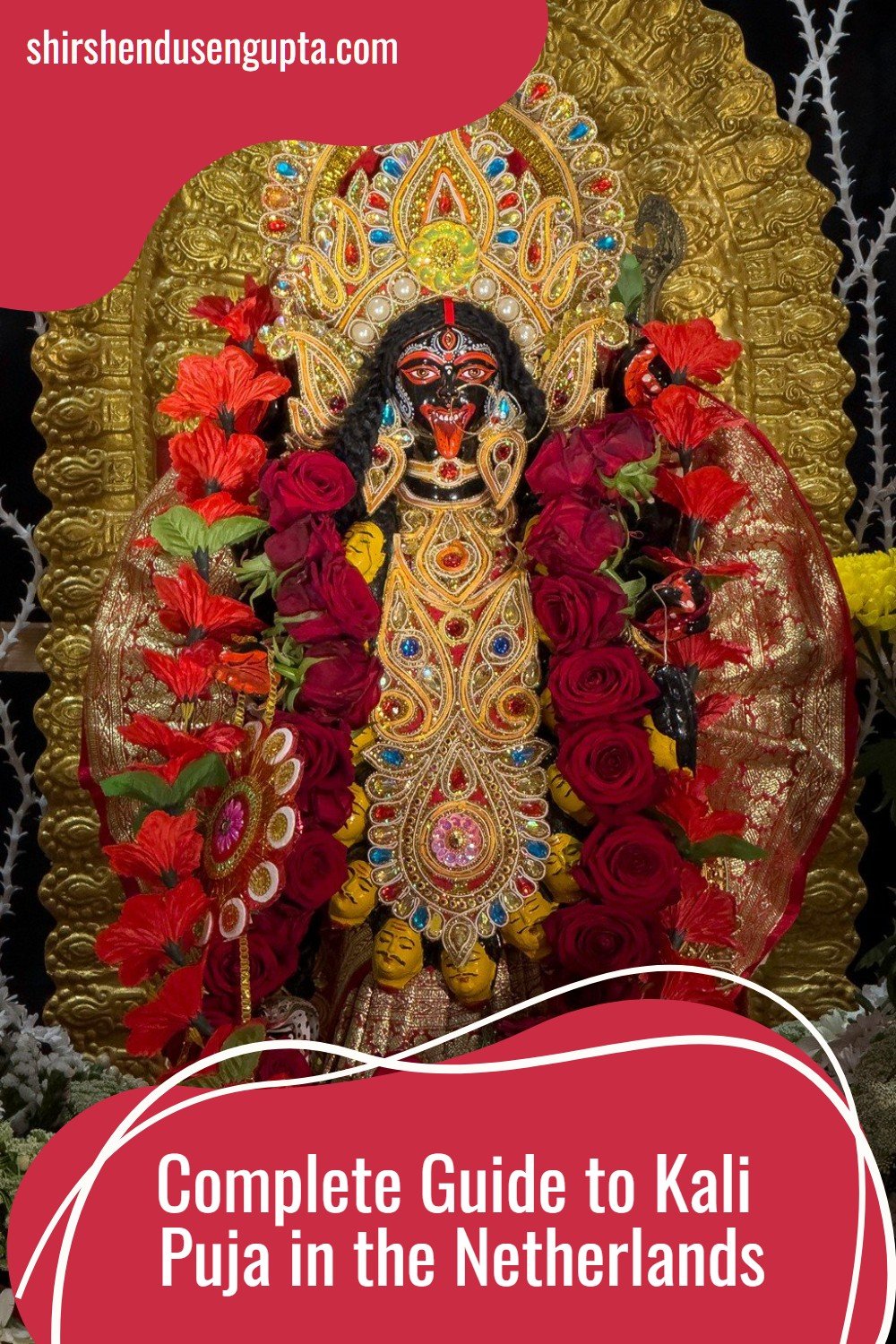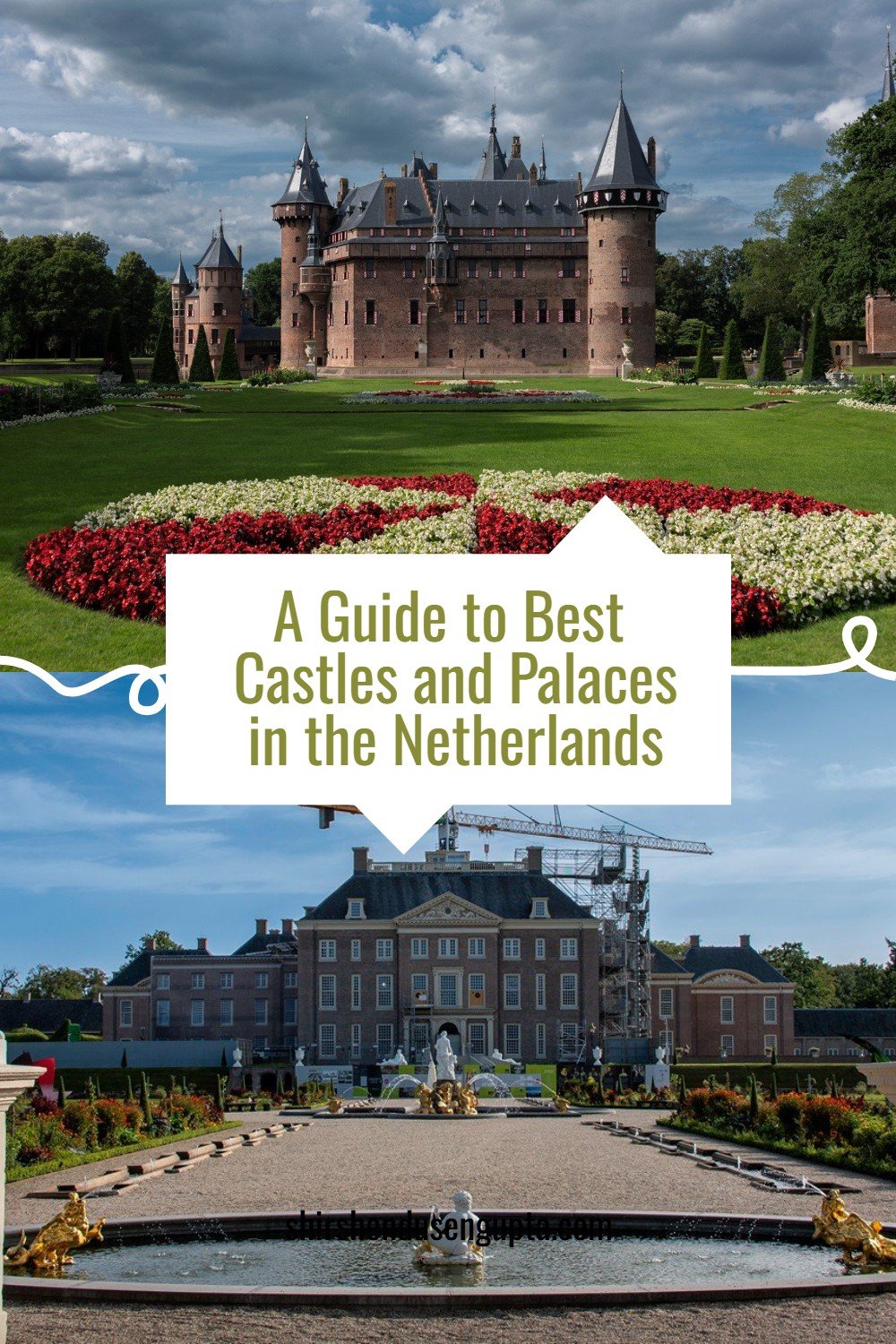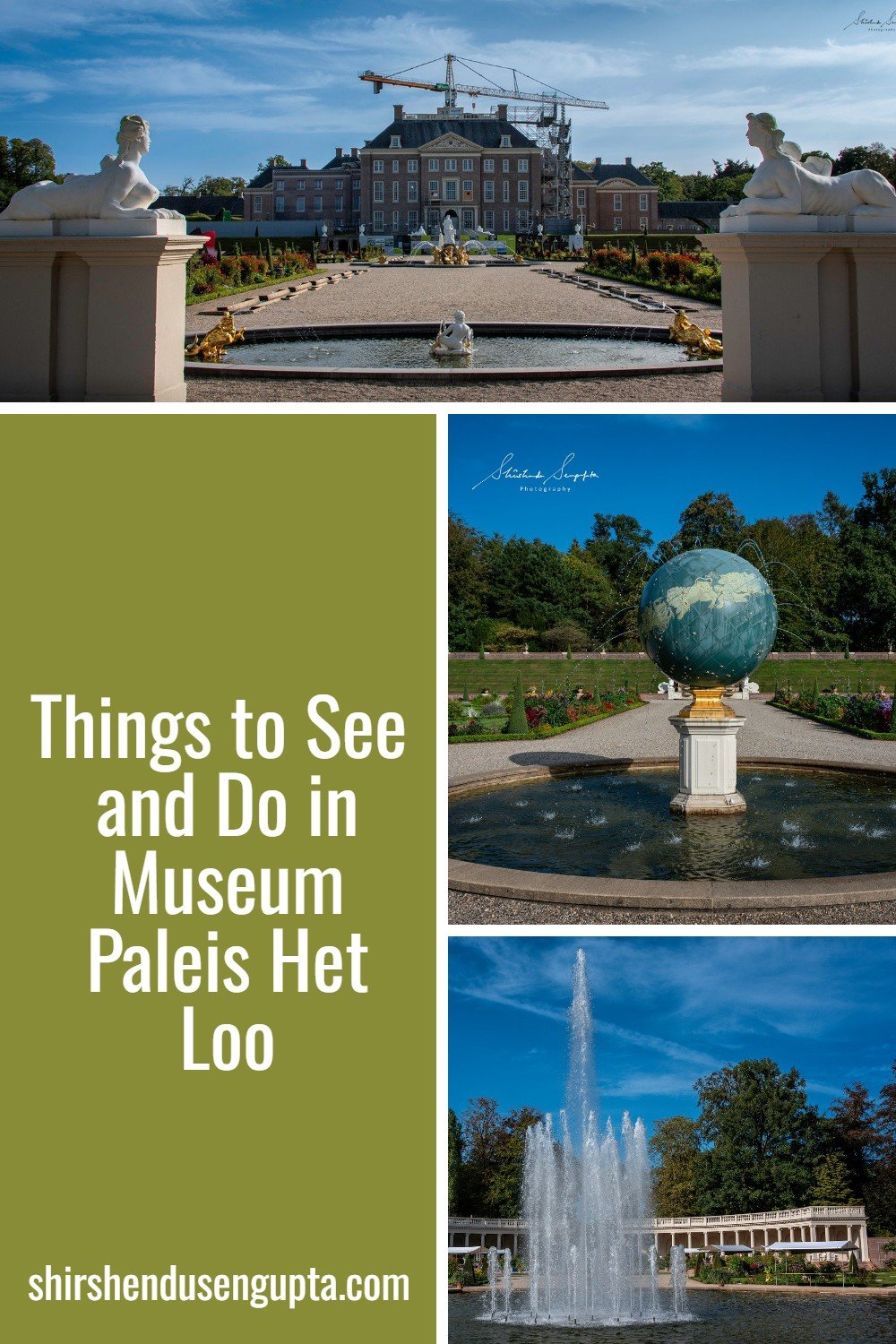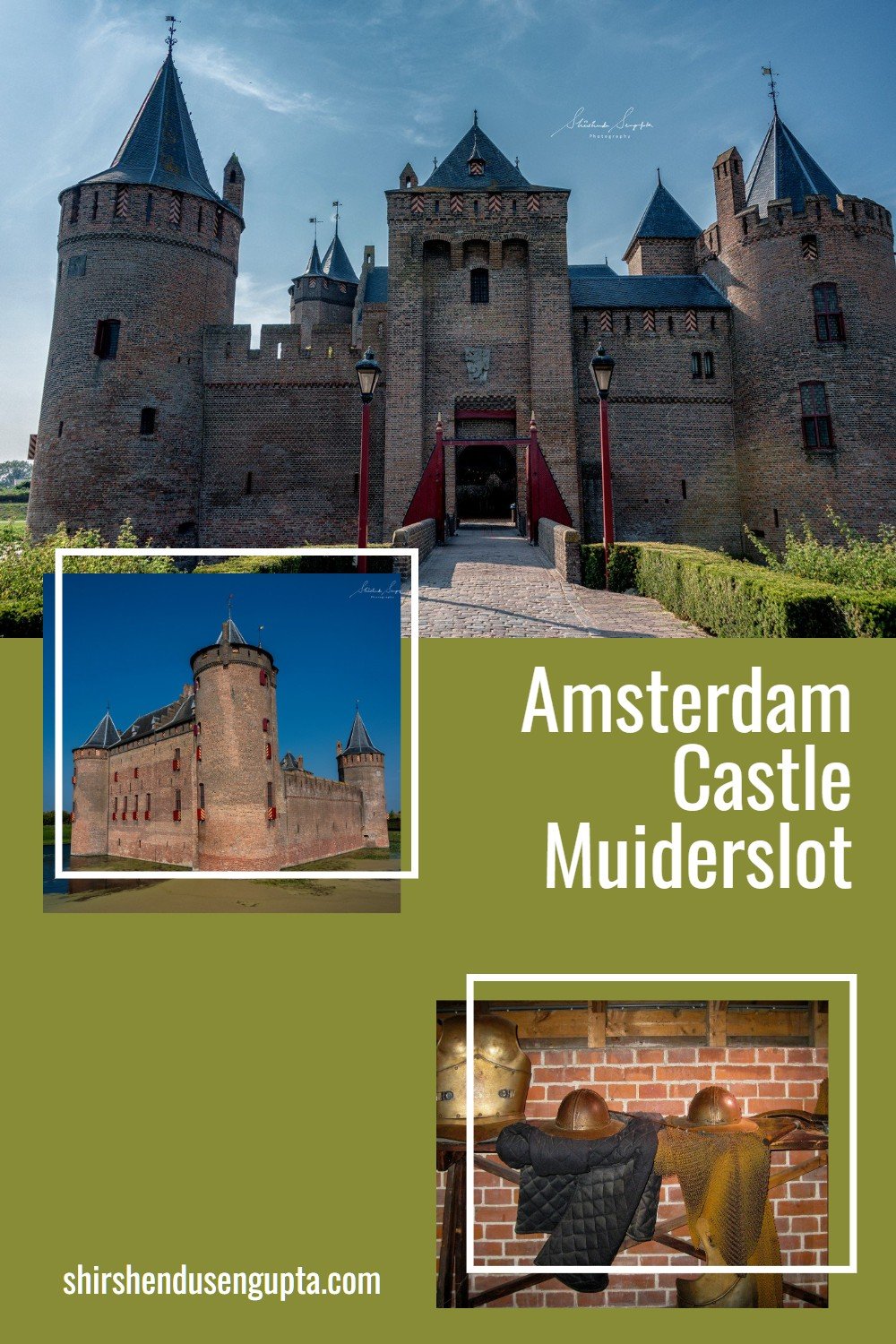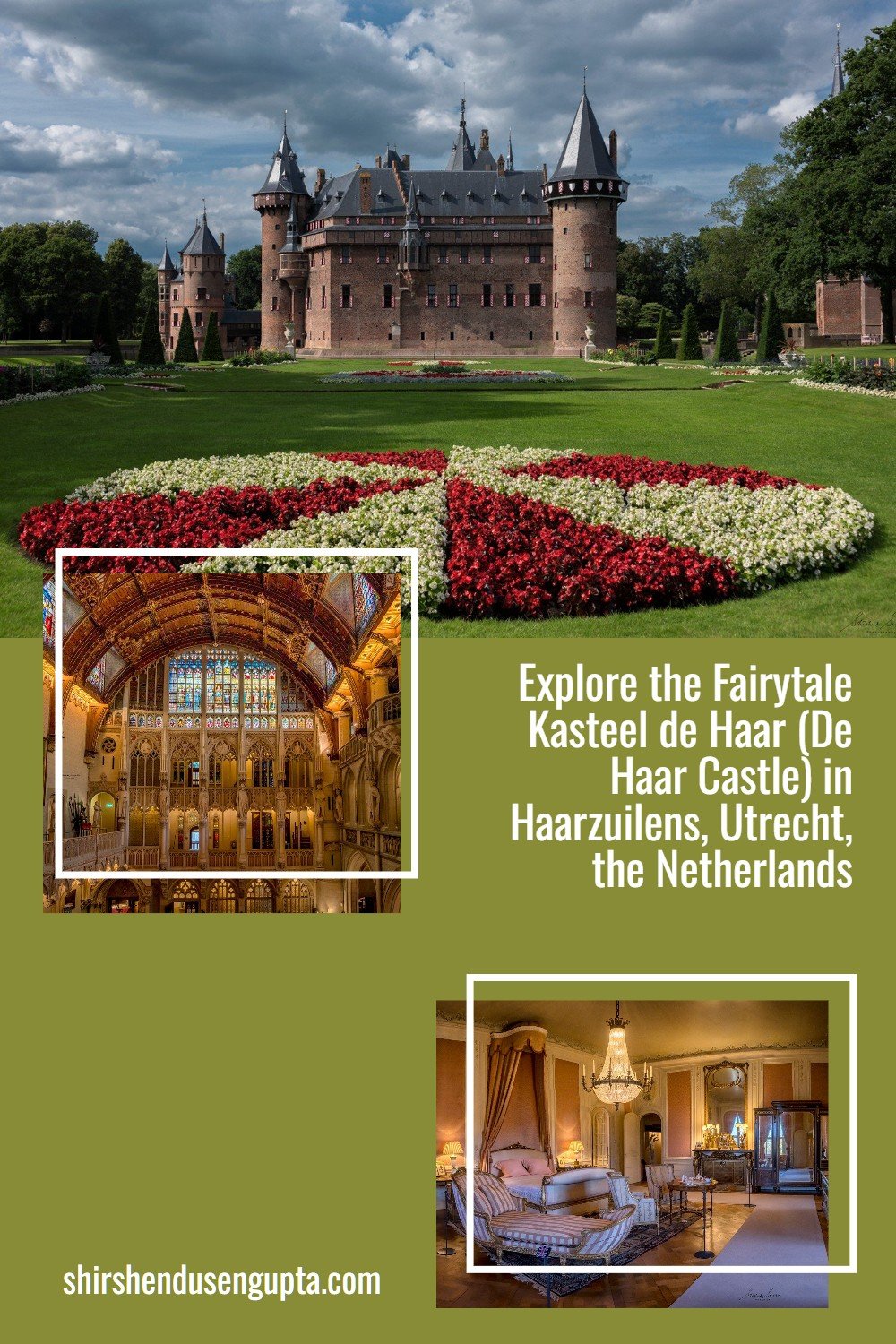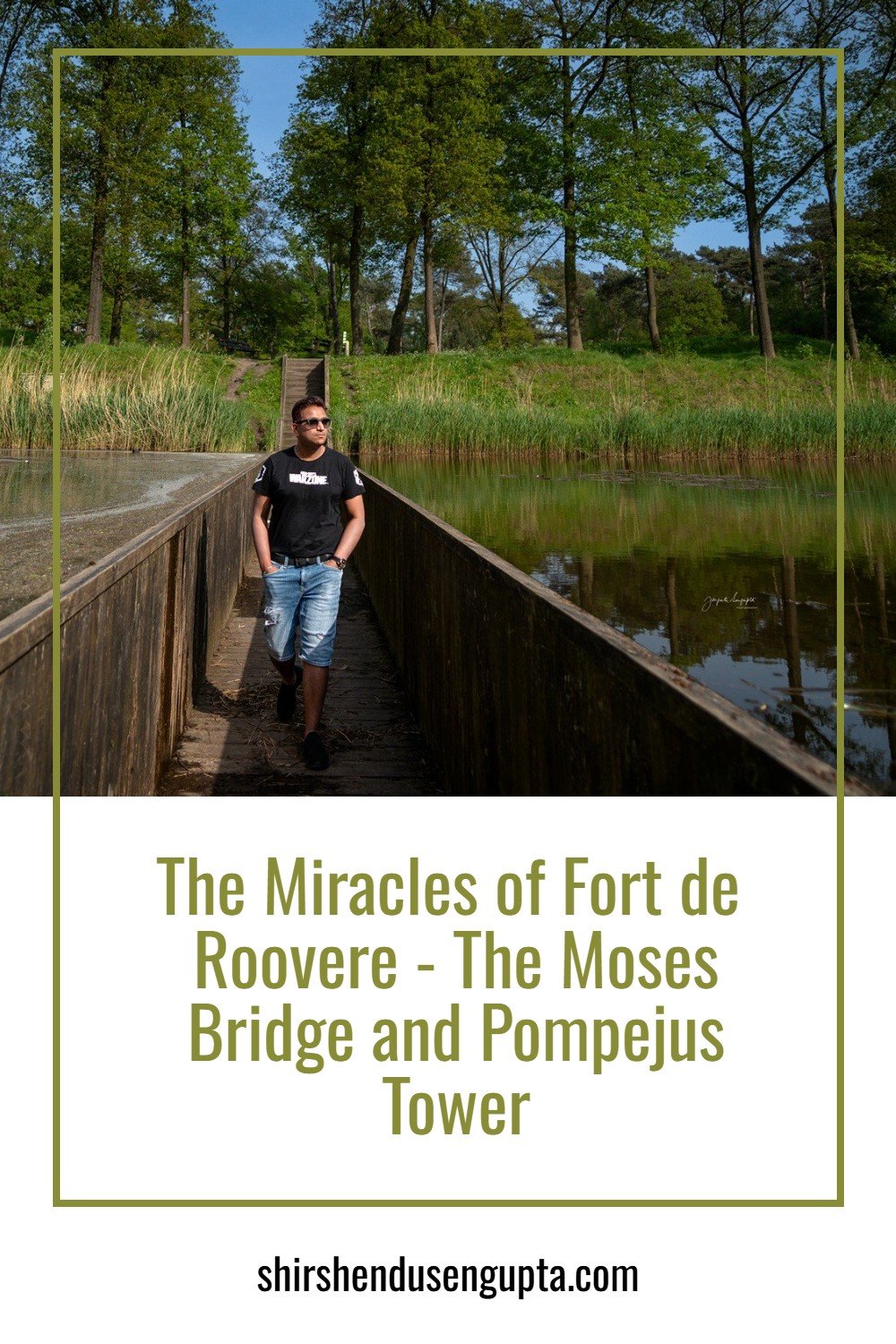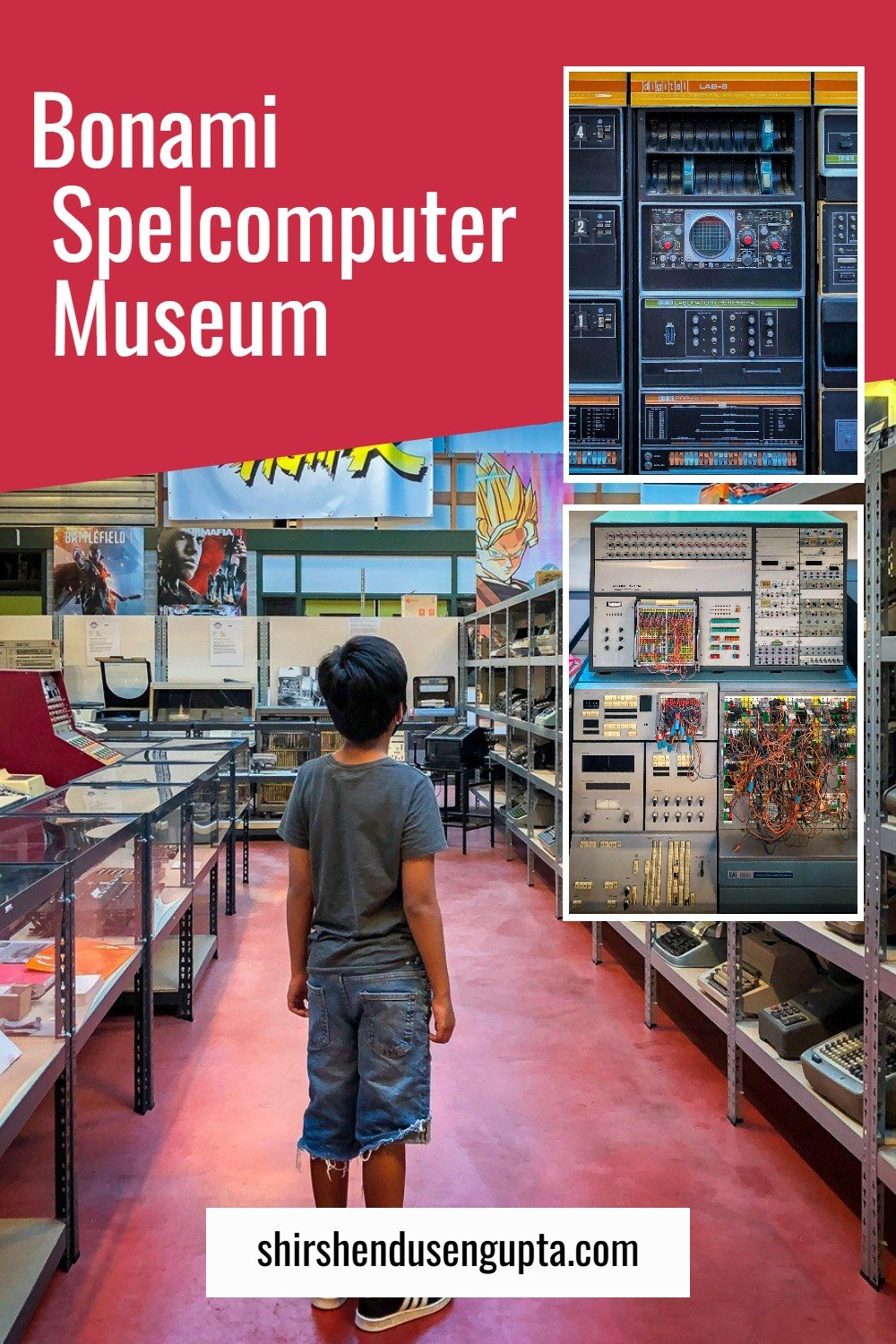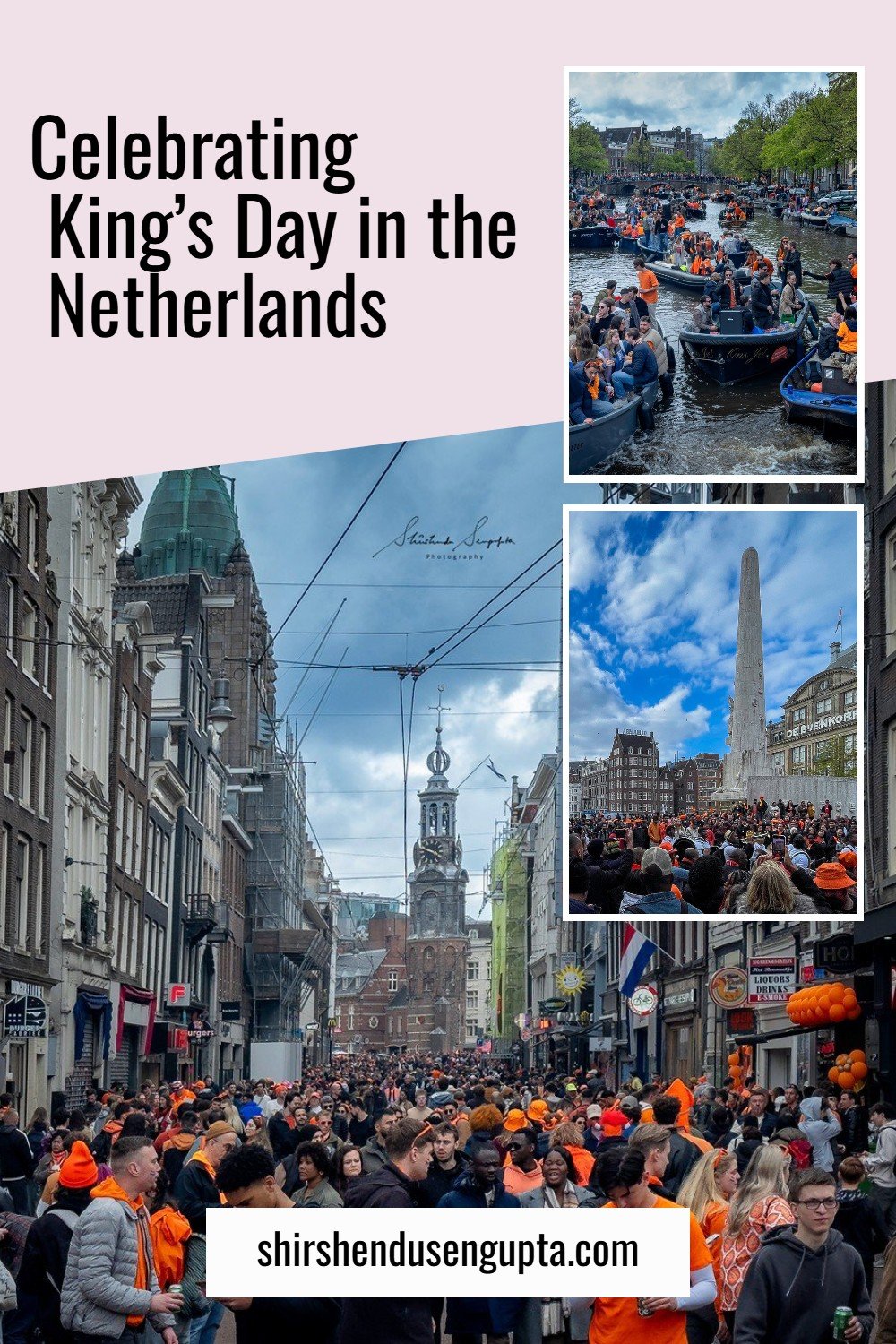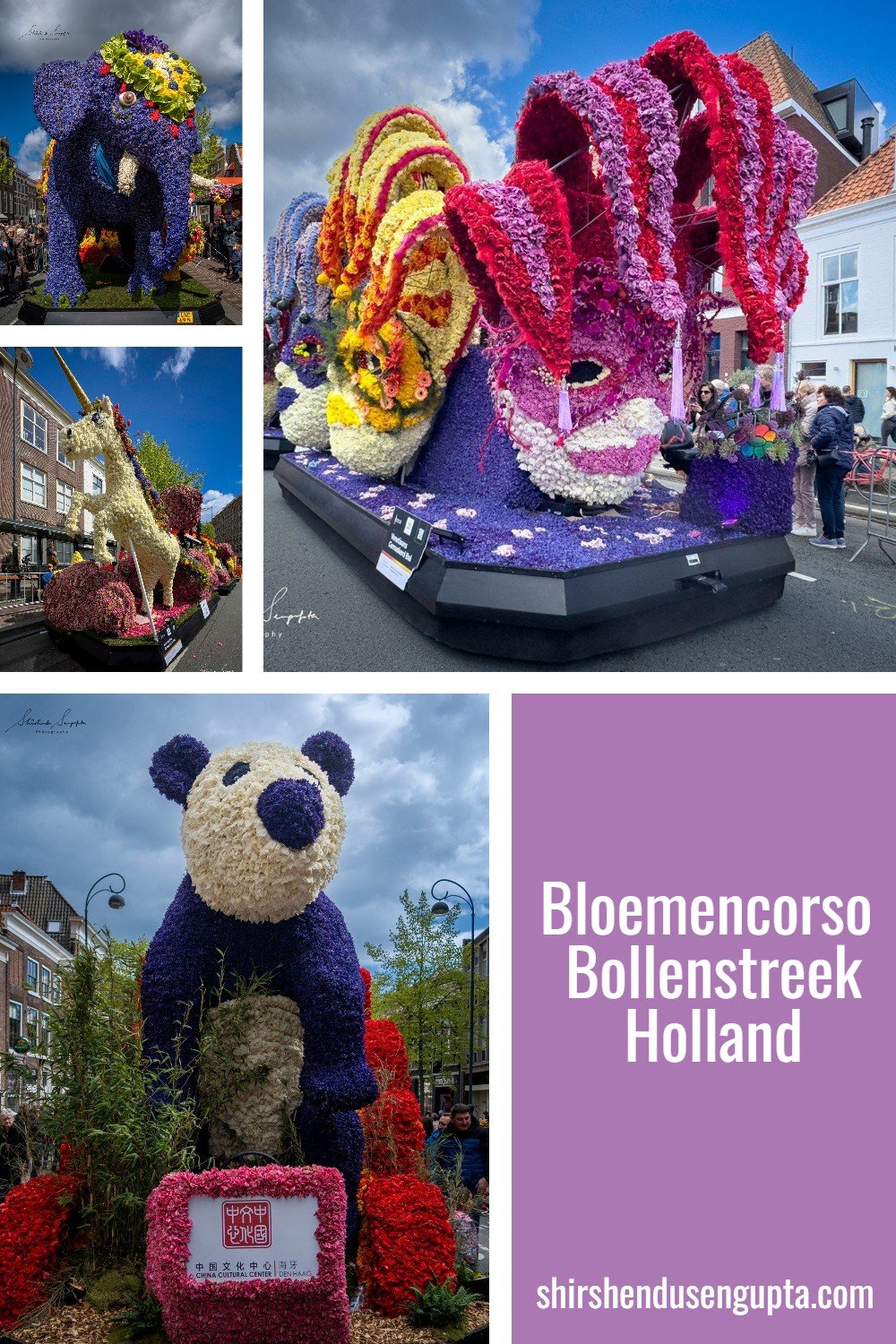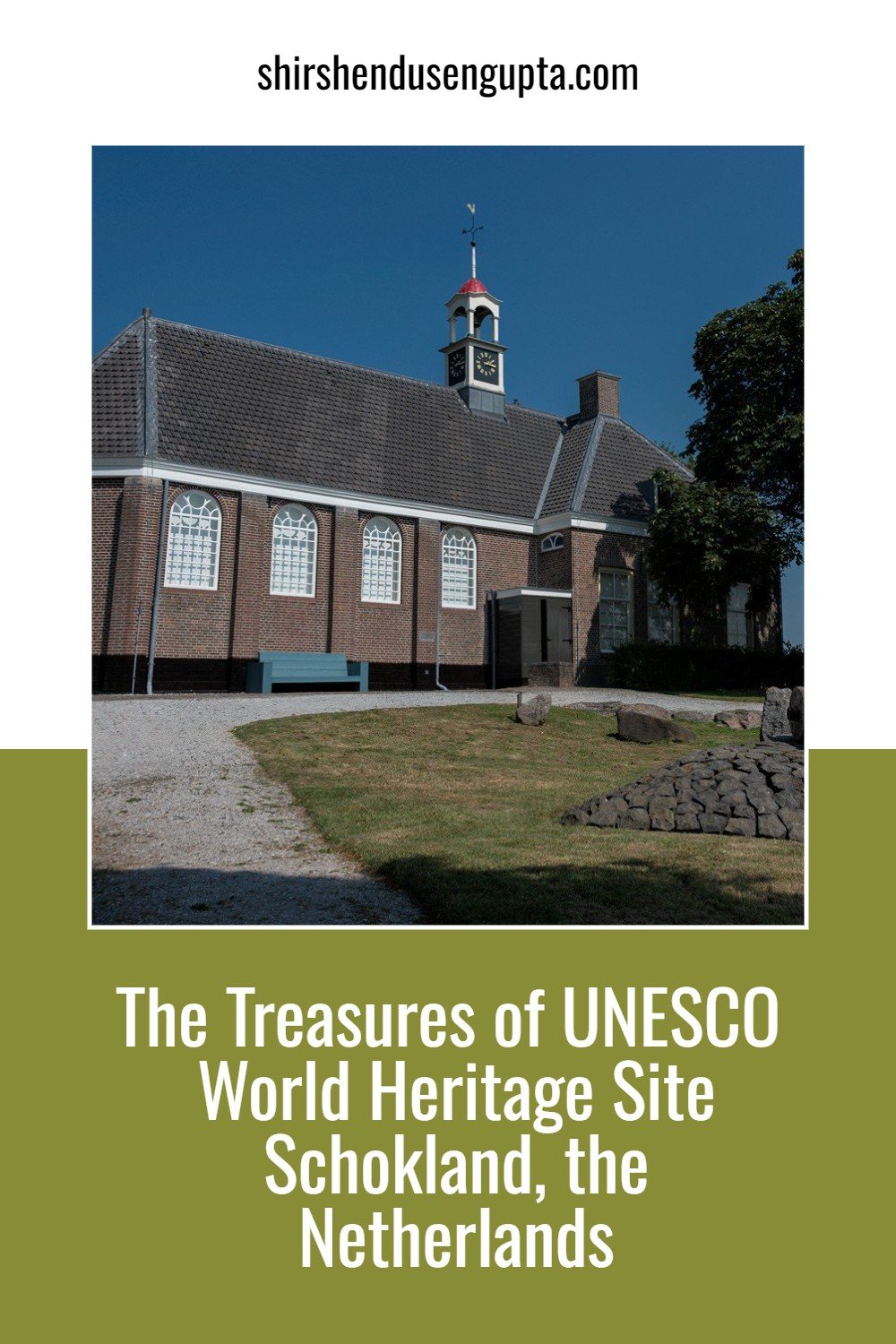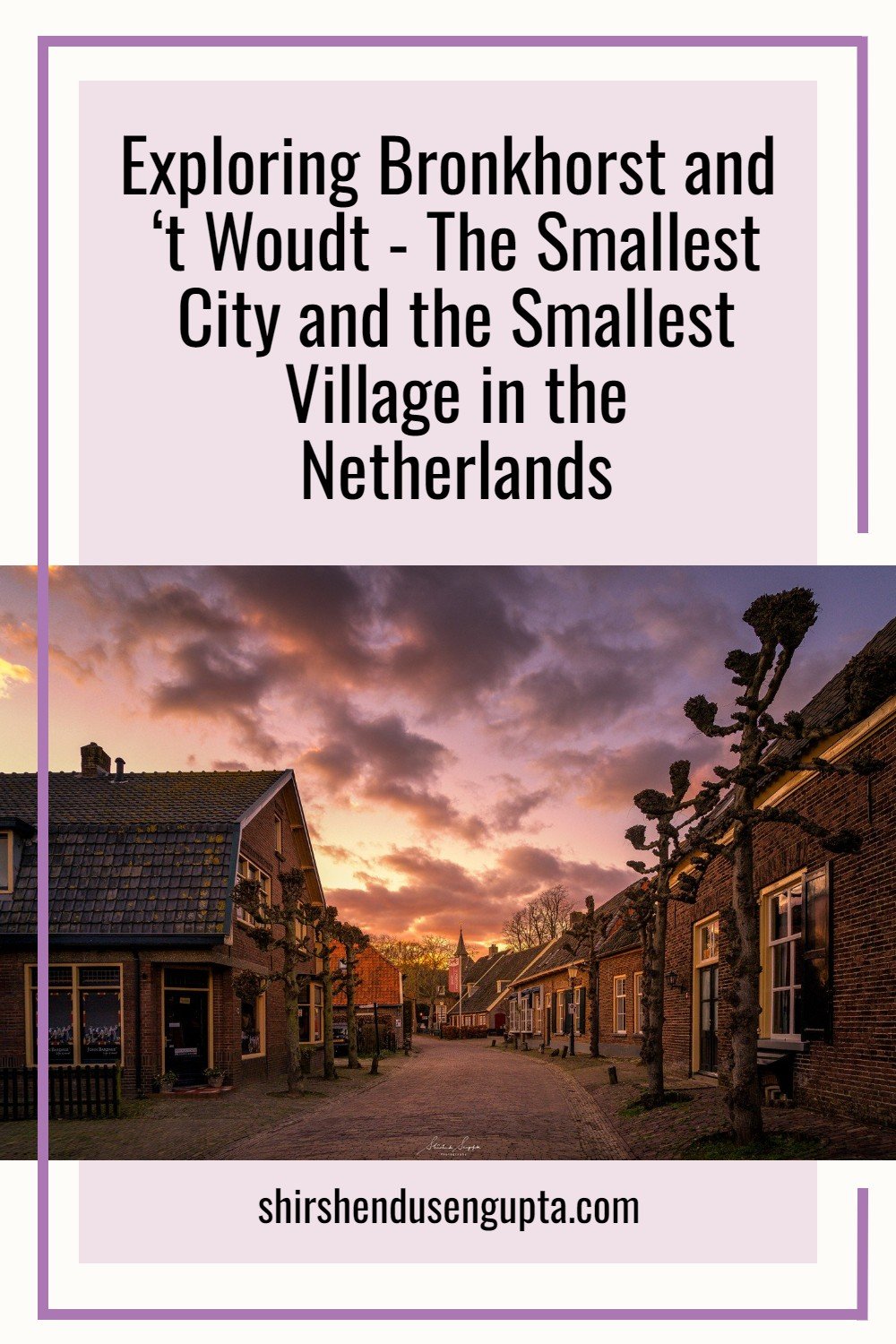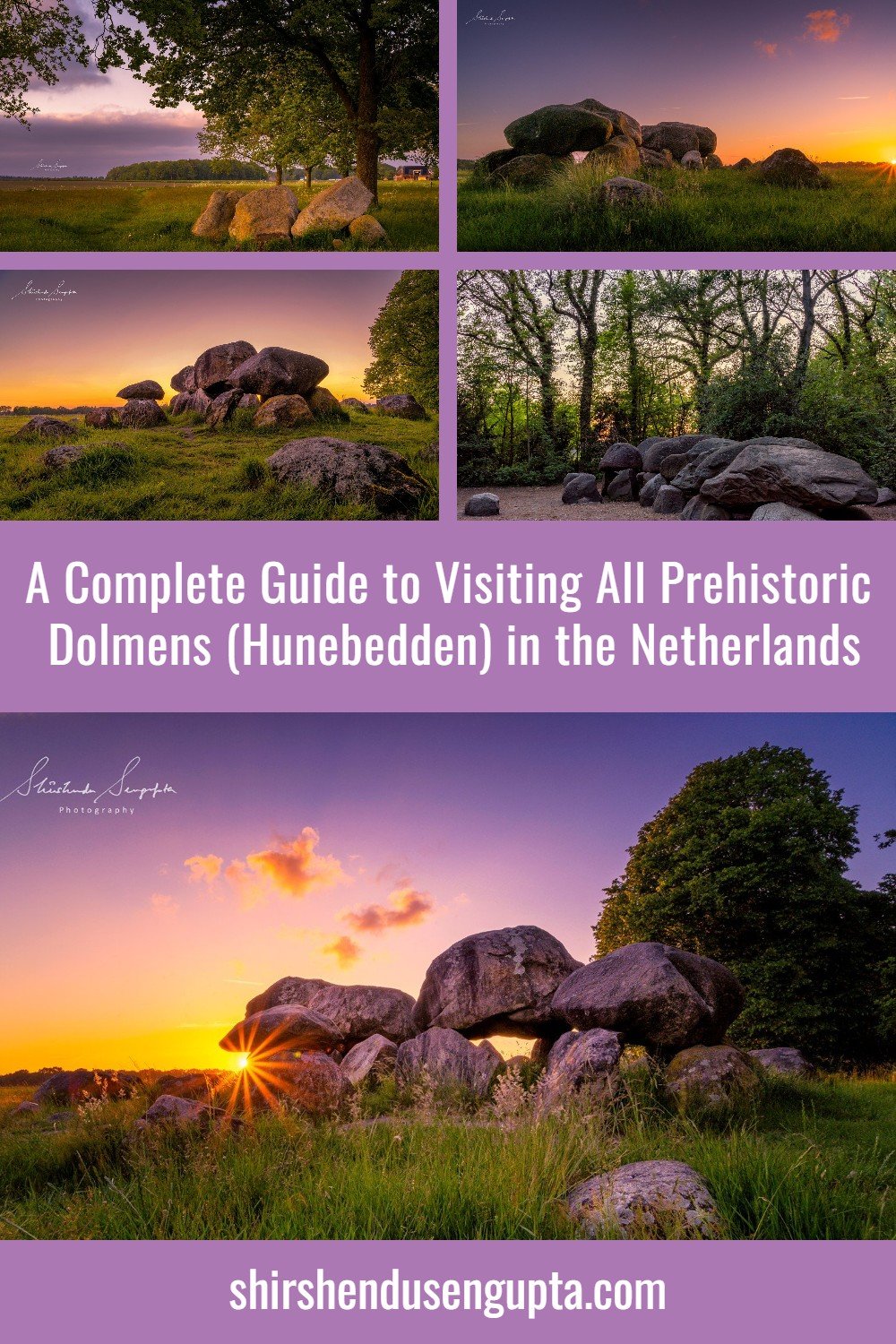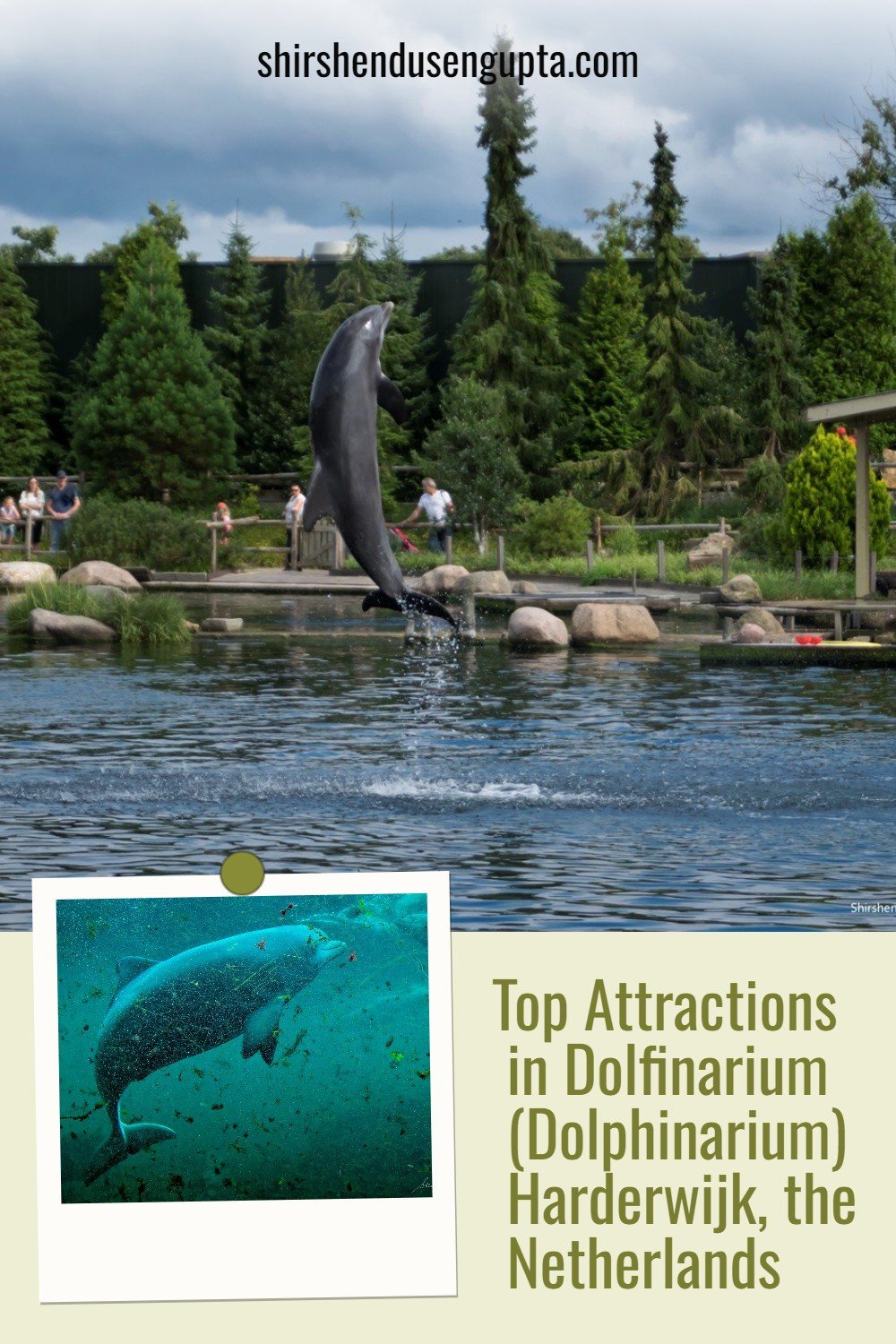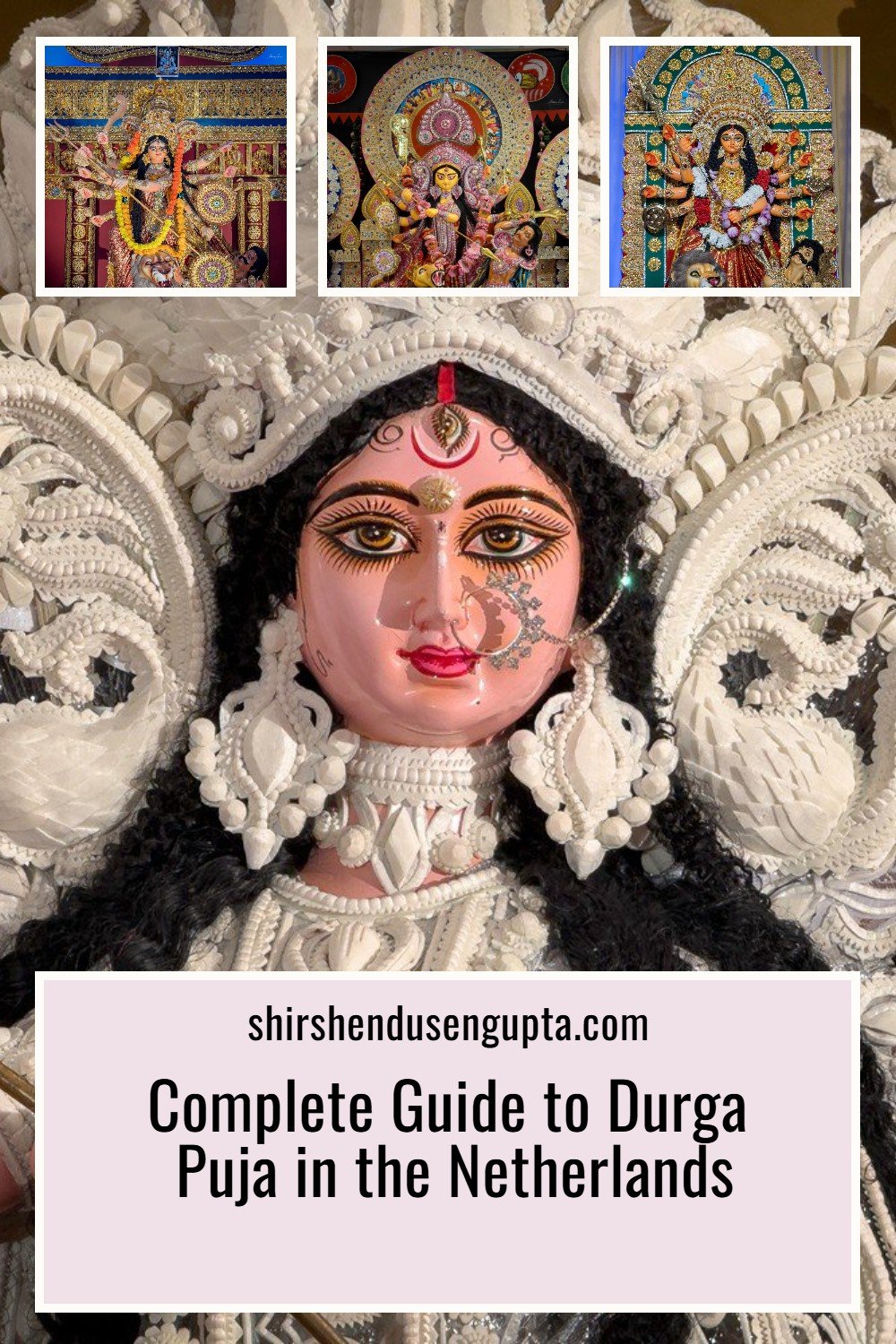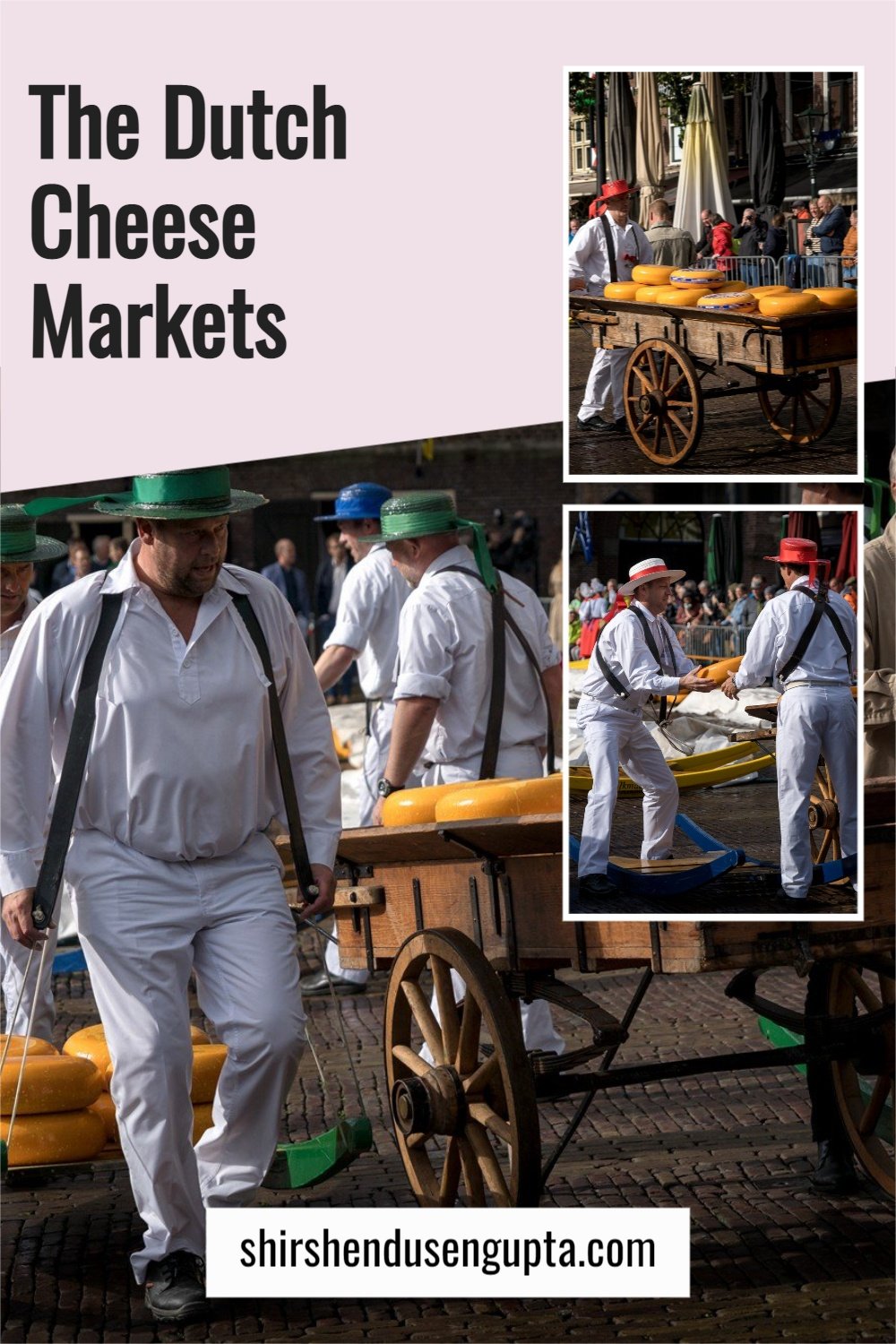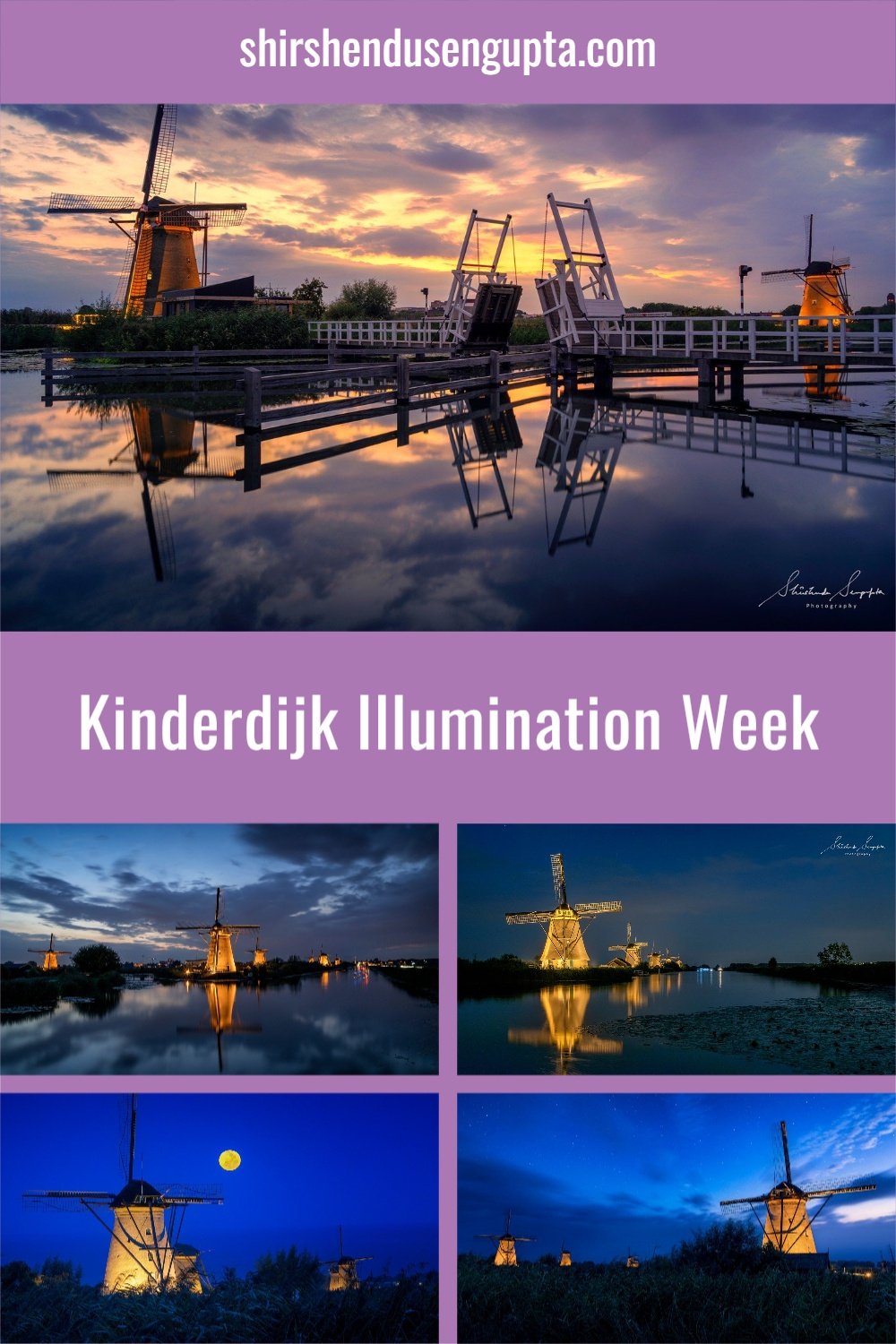Visiting Hergé Museum | All You Need to Know Before You Go to Musee Hergé in Louvain-la-Neuve near Brussels, Belgium
This page may contain affiliate links. If you make a purchase through one of them, we may earn a small commission at no additional cost to you. Your support helps us bring you genuine experience-based recommendations on photography, travel, and blogging.
Welcome to Hergé Museum!
The nostalgic Hergé Museum, housed in an inventive building in the small town of Louvain-la-Neuve in the French-speaking Wallonia region of Belgium, about 20 km southeast of Brussels, celebrates Georges Remi (1907–1983), alias Herge, the multitalented creator of comic-strip hero Tintin with an engaging, and extensive exhibition. It is a site that serves as both a shrine to avid Tintinologists like us and an appropriately artistic tribute to one of Belgium’s greatest creative personalities. So let’s explore it together!
Who is Hergé?
Many people consider Belgian comic book artist Hergé to be among the most significant and influential comic book creators in history. His renowned comic adventure series 'Tintin' (1929-1983) was nearly the sole catalyst for the present Belgian comic book industry. Together with ‘Lucky Luke’ by Morris and ‘Astérix’ by René Goscinny and Albert Uderzo, ‘Tintin’ is one of the best-selling European comics in the world. Tintin is a youthful, witty reporter who becomes involved in thrilling adventures around the world. From captivating mysteries and exotic travels to gripping criminal thrillers, the plots feature real-life buildings, vehicles, or events as well as satirical references to the (political) history of the 20th century. Hergé constructed a vivid, realistic universe around his hero, full of colorful characters. The study of Tintin has become the life work of many literary critics, who refer to it as ‘Tintinology.’
Other prominent works by Hergé include the children's adventure series 'Jo, Zette et Jocko' (1936-1940) and the joke comic 'Quick & Flupke' (1930-1941). Known as the ‘Ligne Claire (Clear Line),’ his graphic design went on to become a very influential artistic movement. Hergé has been cited by American artists Andy Warhol and Roy Lichtenstein as one of their most significant influences. While Warhol employed ligne claire and even created a series of paintings featuring Hergé as the subject, Lichtenstein created works based on bits and pieces from Tintin comics. As Warhol noted, "Hergé has influenced my work in the same way as Walt Disney," referring to Tintin's "great political and satirical dimensions."
Tintin's adventures were featured on 23 albums and sold 70 million copies in about 30 languages, in addition to appearing in a number of radio programs, television shows, films, documentaries, theaters, video games, Belgian and French stamps and coins, memorabilia, and merchandise, including the Steven Spielberg-directed film ‘The Adventures of Tintin’ (2011). An Airbus A320-200 was painted in a unique Tintin livery by Brussels Airlines in March 2015. The Royal Belgian Football Association unveiled the Belgian national football team's Tintin-inspired uniform for UEFA Euro 2024.
Statue of Hergé in front of the museum by © Tom Frantzen
Hergé’s Life and Its Influence on Tintin
Younger Days (1907 - 1925)
Georges Prosper Remi was born on 22nd May 1907 in Etterbeek, a suburb of Brussels, Belgium to lower-middle-class parents. His Walloon father, Alexis Remi, was employed in a confectionery factory while his Flemish mother, Elisabeth Dufour, was a homemaker.
His four years of primary schooling coincided with World War I (1914–1918), during which Brussels was occupied by the German army. Remi, used to draw sketches of the German invaders in his schoolbook.
In 1920 he began studying in the Catholic secondary school Saint-Boniface where he joined the Boy Scouts troop and was nicknamed "Renard curieux (Curious fox)." His early work was heavily influenced by the summer camp experiences he had with the Scout Association in Italy, Switzerland, Austria, Spain, and the Pyrenees.
His Scoutmaster, Rene Weverbergh, encouraged his artistic ability and started publishing Remi's drawings and cartoons in the newsletter of the Saint-Boniface Scouts named ‘Jamais Assez (Never Enough)’ then and later renamed as ‘Le Boy-Scout Belge (The Belgian Boy Scout).’ During this time, Remi experimented with different pseudonyms like "Jérémie" and "Jérémiades" before settling on "Hergé", the French pronunciation of his reversed initials R.G. His work was first published under this name in December 1924.
Early Career and Creation of Totor (1926 - 1928)
Hergé started creating ‘Les Aventures de Totor (The Adventures of Totor),’ a comic strip about the exploits of a Boy Scout patrol leader, for Le Boy-Scout Belge in July 1926. The strip was published intermittently until 1929.
After graduating from school in 1925, Hergé began working for a conservative Catholic newspaper named “Le Vingtième Siècle (The Twentieth Century),” under editor Norbert Wallez, a Catholic abbot who had a signed picture of Benito Mussolini, the leader of the Italian Fascists, on his desk. Wallez was impressed by Hergé's versatility and agreed to hire him as a cartoonist and photographic reporter for the daily. Hergé always felt grateful for this opportunity and began to see the Abbé as a father figure.
In late 1928, Wallez founded a supplement for children, ‘Le Petit Vingtième (The Little Twentieth),’ which was published every Thursday in Le Vingtième Siècle. It contained numerous overtly anti-Semitic sections with strong Catholic and fascist overtones. As part of this new endeavor, Hergé illustrated a comic strip written by one of the paper's sports columnists named ‘L'Extraordinaire Aventure de Flup, Nénesse, Poussette et Cochonnet (The Extraordinary Adventure of Flup, Nénesse, Poussette, and Cochonnet),’ which told the tale of two boys, one of their younger sisters, and her inflatable rubber pig. However, Hergé was dissatisfied and wanted to create his own comic strip.
Creation of Tintin, Quick & Flupke, and Racism Controversy (1929 - 1932)
Wallez requested that Remi design a youthful hero — a Catholic journalist who would fight for the good everywhere. Based largely on his previous character of Totor (the name Tintin was likely also an alliteration of Totor) and his own brother Paul, an officer in the Belgian army, Hergé created a character named Tintin, a smart, multitalented Belgian boy reporter with a round face and a quiff hairstyle who travels the world with his fox terrier, Snowy, ("Milou" in the original French). He used speech bubbles to show words emerging from the figures' mouths, a recent American invention.
As a piece of anti-socialist propaganda for young readers, Wallez ordered Hergé to put his adventure in the Soviet Union, despite Hergé's desire to send his character to the United States. The outcome ‘Tintin in the Land of the Soviets,’ was serialized in Le Petit Vingtième from January 10, 1929, to May 8, 1930. The Bolsheviks were portrayed in this book as greedy, cunning, evil, and atheists. Tintin finds the “hideout where Lenin, Trotsky, and Stalin had collected together wealth stolen from the people.”
Hergé created ‘Quick & Flupke (Quick et Flupke),’ a brand-new comic strip about two Brussels street urchins, in the pages of Le Petit Vingtième in January 1930. Hergé continued this lesser-known series alongside his Tintin adventures for many years.
In June 1930, at Wallez's request, in order to promote a colonial attitude toward the Belgian Congo, he started serializing the second Tintin adventure, ‘Tintin in the Congo.’ The Congolese were portrayed as ‘infantile fools’ in this condescending work. The book was not controversial at the time, and it wasn't until the latter half of the 20th century that it was viewed as racist. Tintin addresses a class of African youngsters at a blackboard in the book, saying, "My dear friends. I am going to talk to you today about your fatherland: Belgium." This was redrawn by Hergé in 1946 to illustrate Tintin delivering mathematical lessons. "I portrayed these Africans according to ... this purely paternalistic spirit of the time," Hergé later said, defending the original story's shortcomings.
Hergé finally got the opportunity to write his wishful ‘Tintin in America,’ which ran from September 1931 to October 1932. However, in keeping with the ultra-conservative ideology of the daily, he used the work to promote an anti-capitalist, anti-consumerist agenda.
First Marriage with Germaine (1932)
Hergé first met Germaine Kieckens (1906–1995), his first wife, at the Le Petit Vingtième offices in 1928. After working as Wallez's secretary for a while, Kieckens became the editor of ‘Votre Vingtième Madame (Your Twentieth Madam),’ a women's supplement, and wrote several pieces for Le Petit Vingtième under the pen name Tantine. In the beginning, Kieckens preferred an older, more experienced man like Wallez, but Wallez persuaded Hergé to start dating her. Wallez ordered that all of his unmarried employees get married and personally carried out Hergé and Kieckens' wedding ceremony at the Saint-Roch Church in Laeken on July 20, 1932.
They had an unhappy marriage and didn't have any kids since Hergé was sterile, as well as "because he did not like children," according to his biographer Pierre Assouline." Assouline mentions the cartoonist and his then-wife's adoption of a seven- or eight-year-old orphan in the late 1940s, "But because he (Hergé) could not bear this new presence and the turmoil it brought to his daily life, he gave it back after two weeks ..."
Rising to Fame with the Blue Lotus and Creation of Jo, Zette & Jocko (1932 - 1939)
The sixth Tintin adventure, ‘The Blue Lotus,’ marked a turning point for Hergé. He had stated at the end of the last story, ‘Cigars of the Pharaoh,’ that Tintin would travel to China on his next adventure. Hergé received a letter from Father Gosset, the priest to the Chinese students at the Catholic University of Leuven, asking him to exercise caution in his writing on China. Hergé consented, and Gosset presented him to Chang Chong-jen (Chang Chongren), a young student of sculpture at the ‘Brussels Académie Royale des Beaux-Arts,’ in the spring of 1934. Chang exposed Hergé to Chinese culture and art techniques, and the two young artists soon became great friends.
As a result of this encounter, Hergé made a concerted effort to portray accurately the locations Tintin visited in The Blue Lotus and in the later Tintin's adventures. As a thank-you gift, he included a fictional character named "Chang" in The Blue Lotus, a little Chinese boy who meets Tintin and becomes friends with him. In the story, Chang is a little Chinese boy who meets Tintin and becomes friends with him. Chang returned home to China after completing his studies in Brussels, and Hergé lost touch with him during the Japanese invasion of China and the ensuing Chinese Civil War. It was over forty years before the two buddies would cross paths again. Many have praised The Blue Lotus as "Hergé's first masterpiece" and a turning point in the evolution of the series. It was released as a book by Casterman.
The publishers of Coeurs Vaillants were offended by Hergé's next Tintin story, ‘The Broken Ear,’ which featured violent aspects related to South American tribe battles. As a result, they ordered Hergé to write a more kid-friendly narrative for them. The outcome was a trilogy of books about a young brother and sister, their pet monkey, and their parents called ‘The Adventures of Jo, Zette, and Jocko.’ Hergé however expressed distaste for the series, saying that the characters "bored me terribly."
Second World War and Nazi Sympathizing Controversy (1939 - 1946)
When the Nazis invaded Poland on September 1, 1939, Hergé was called up as a reserve lieutenant and had to stop Tintin's adventures in the middle of ‘Land of Black Gold.’ By the summer of 1940, Belgium and most of Western Continental Europe had fallen to Germany, and the Nazi occupiers shut down Le Petit Vingtième, where Tintin's adventures had been published until that point. Nevertheless, Hergé accepted an offer to create a new Tintin strip in ‘Le Soir,’ the leading French daily in Brussels that had been used as the mouthpiece of the occupation forces.
He started ‘The Crab with the Golden Claws,’ the first of six Tintin stories he wrote during the war, after abandoning ‘Land of the Black Gold.’ Two things happened during the war that caused Hergé's style to change drastically. Originally published in two full pages every week as Le Petit Vingtième, Tintin was now published as a daily three or four-frame strip due to paper limitations. Hergé had to add more frequent humor and faster-paced action to build tension at the end of each strip rather than at the end of each page. Second, in order to steer clear of controversy, Hergé had to shift the subject of Tintin's adventures away from current events.
He resorted to escapist stories, such as ‘The Shooting Star,’ which featured an expedition to a meteorite, ‘The Secret of the Unicorn’ and ‘Red Rackham's Treasure,’ which featured an exciting mystery and treasure hunt, and ‘The Seven Crystal Balls’ and ‘Prisoners of the Sun,’ which featured a journey to break an old Incan curse. Hergé prioritized characters above plot in these tales, and in fact, this is when Tintin's most enduring friends, ‘Captain Haddock’ and ‘Cuthbert Calculus’ (in French, ‘Professeur Tryphon Tournesol’), were first presented. Haddock made his appearance in ‘The Crab with the Golden Claws’ and Calculus in ‘Red Rackham's Treasure’. Still, ‘The Shooting Star’ generated political controversy. As a part of the plot, two ship crews were racing to get to a meteorite that had fallen in the Arctic. Tintin's team was made up of Europeans from neutral or Axis nations ("Europe"), whereas their dishonest competitors were Americans, funded by someone with a Jewish name and what Nazi propagandists referred to as "Jewish features." Additionally, Tintin pilots a German Arado Ar 196 aircraft.
Hergé employed another comics artist, Edgar P. Jacobs, in 1943 to assist in the revision of the first Tintin albums. The most important contribution made by Jacobs was the redrawing of the scenery and costumes in the updated version of ‘King Ottokar's Sceptre,’ which gave it a Balkan feel. The castle guards in the previous version had been dressed like British Beefeaters. Additionally, Jacob started working with Hergé on ‘The Seven Crystal Balls,’ a brand-new Tintin adventure (as mentioned above).
Because the Nazis controlled the publication, Hergé was accused of being a collaborator during and after the German occupation. He was temporarily detained for questioning during the war. He asserted that he was merely performing a job that fell under the occupation, such as carpentry or plumbing. After the war, Hergé said "I recognize that I myself believed that the future of the West could depend on the New Order. For many, democracy had proved a disappointment, and the New Order brought new hope. In light of everything which has happened, it is of course a huge error to have believed for an instant in the New Order." These values were never shown to be upheld by the Tintin character.
However, some authors contend that anti-Semitic themes persisted, particularly in the portrayal of Tintin's adversary ‘Rastapopoulos’ in the post-war ‘Flight 714.’ They point out that Rastapopoulos surrounds himself with characters who are obviously German in appearance, such as ‘Kurt,’ the commander of ‘The Red Sea Sharks’ submarine, ‘Doctor Krollspell,’ whom Hergé himself described as a former official of a concentration camp, and ‘Hans Boehm,’ the ominous-looking navigator and co-pilot from ‘Flight 714.’
On September 3, 1944, the occupation of Brussels came to an end and so did Tintin's adventures with ‘The Seven Crystal Balls’ when Le Soir was closed by the Allied authorities. Four separate groups arrested Hergé during the tumultuous post-occupation period accusing him of being Nazi sympathizer. However, since the Tintin adventures released during the war were meticulously free of politics (the sole questionable element being in ‘The Shooting Star,’ as mentioned above), the charge was deemed false. In fact, a couple of stories that were released prior to the war had been critical of fascism; the most notable of these was ‘King Ottokar's Sceptre,’ which depicted Tintin trying to foil a coup attempt that might have been interpreted as a parable of the Anschluss, or Nazi Germany's occupation of Austria.
However, Hergé was prohibited from working for newspapers, just like other former workers of the Nazi-run press. He worked with Jacobs and Alice Devos, a new assistant, for the following two years, turning many of the early Tintin stories into color.
© Hergé/Tintinimaginatio
Establishing Tintin Magazine, the First Animation Movie, and Fighting Depression (1946 - 1949)
The exile of Tintin ended on September 26, 1946. Raymond Leblanc, a publisher and wartime resistance fighter, gave Hergé the money and anti-Nazi credentials to start the comics magazine named ‘Tintin.’ The character's Dutch-language name, ‘Kuifje,’ inspired the title of the Dutch-language edition created for publication in the Flemish north of Belgium. Along with other comic strips and various essays, the weekly edition included two pages of Tintin's adventures, starting with the last chapters of ‘The Seven Crystal Balls.’ With a weekly readership of over 100,000, it became a huge success. Raymond Leblanc also started using Tintin for advertising and merchandise after the establishment of the Tintin magazine.
Tintin was always attributed as "by Hergé" without mentioning Hergé's other assistants or Edgar Pierre Jacobs. Jacobs requested a joint credit in 1944 as his involvement in the strip's creation grew, but Hergé turned him down. They worked closely together until 1946, when Jacobs produced his own comics, such as the critically acclaimed ‘Blake and Mortimer,’ for Tintin magazine.
In 1947, the first stop-motion animated movie based on Tintin was released which was ‘The Crab with the Golden Claws,’ but only had one public viewing.
Between 1947 and 1949 Hergé experienced depression as a result of the intense work pressure.
© Hergé/Tintinimaginatio
Studios Herge, White Nightmares, Affair with Fanny, and the First Live-Action Movie (1950 - 1965)
On April 6, 1950, Hergé established ‘Hergé Studios’ to reduce his workload. To help Hergé with the development of ‘The Adventures of Tintin,’ the studio hired a number of assistants. Most notably, illustrator Bob de Moor worked with Hergé on the remaining Tintin adventures, adding backgrounds and details like the breathtaking lunar scenery in ‘Explorers on the Moon.’ Hergé was able to make ‘The Calculus Affair’ from 1954 to 1956 with the studio's help, and ‘The Red Sea Sharks’ in 1956.
He suffered from recurrent white-themed nightmares throughout this time. He sought advice from a Swiss psychoanalyst, who suggested that he stop working on Tintin. Rather, from 1958 to 1959, he worked on ‘Tintin in Tibet,’ sending Tintin to the Himalayas to find Chang Chong-Chen, the Chinese child he had become friends with in ‘The Blue Lotus.’ The book's stark mountainous vistas gave the adventure a profoundly expansive setting and enabled Hergé to face his white nightmares. Because the plot centered on Tintin's relentless pursuit for Chang, the typically large cast of characters was reduced to just Tintin, Captain Haddock, and the Sherpa Tharkey. This very intimate and emotionally compelling Tintin story became Hergé's favorite. The story's conclusion also appeared to be the end of his troubles because he no longer had the nightmares.
By the end of this period, he was experiencing another crisis in his personal life. He had fallen in love with Fanny Vlamynck (born 1934), a young artist who had just joined Hergé Studios, and his marriage to Germaine was falling apart after 25 years. Herge moved in with Fanny in 1960 when Germaine and Herge separated (but not legally divorced because the law at the time needed both parties' agreement, which Germaine refused to give).
In 1961, the first live-action Tintin movie named ‘Tintin and the Golden Fleece’ was released where Jean-Pierre Talbot played Tintin. Along with that, a number of classically animated Tintin films were also produced, starting with ‘The Calculus Case.’
© Hergé/Tintinimaginatio
Final Years (1966 -1983)
The production of the final three full Tintin adventures - ‘The Castafiore Emerald’ in 1961, ‘Flight 714’ in 1966, and ‘Tintin and the Picaros’ in 1975, was significantly slowed down.
Hergé was frustrated with the success of René Goscinny and Albert Uderzo's ‘Asterix’ comic book series, which several critics had characterized as surpassing ‘The Adventures of Tintin’ as the leading comic in the Franco-Belgian tradition. Hergé consented to the creation of two animated Belvision films based on ‘The Adventures of Tintin’ in an attempt to replicate the popularity of the recent animated films ‘Asterix the Gaul’ (1967) and ‘Asterix and Cleopatra’ (1968). The first, ‘Tintin and the Temple of the Sun’ (1969), was based on already-published comics, and for ‘Tintin and the Lake of Sharks’ (1972), a new unique plot was written. Hergé was enthusiastic about the possibility of a live-action version of one of ‘The Adventures of Tintin’ when US filmmaker Steven Spielberg asked for the film rights in 1982, but the project was not completed until much later.
Hergé was able to travel more because of Tintin's financial success. He made extensive trips throughout Europe before making his first trip to America in 1971, where he met some Native Americans whose culture had long captivated him. He accepted a 30-year prior invitation from the Kuomintang government to visit Taiwan in 1973 as a token of gratitude for ‘The Blue Lotus.’
In a stunning example of life imitating art, Hergé was able to get back in touch with his old buddy Chang Chong-Jen, years after Tintin saved the fictional Chang Chong-Chen in the last pages of ‘Tintin in Tibet.’ After being relegated to a street sweeper during the Cultural Revolution, Chang went on to become the head of Shanghai, China's Fine Arts Academy in the 1970s. In 1981, after seeing Hergé again, he went back to Europe and stayed in Paris, where he passed away in 1989.
On March 28, 1977, Hergé divorced Germaine and married Fanny Vlamynck on May 20, two months later.
Hergé passed away at the age of 75 on March 3, 1983. He had been suffering from osteomyelofibrosis, a rare bone marrow blood malignancy, for a number of years. The HIV he contracted while receiving weekly blood transfusions deteriorated his condition. Hergé was buried in Uccle, Brussels, at the Dieweg Cemetery.
© Hergé/Tintinimaginatio
After Hergé (1984 - Present)
There was only one clause in Herge's will: that his second wife was the only heir. He stated in interviews that Tintin, his brainchild, should not be carried on after his passing. He stated that he believed he was the only one who could make Tintin come to life on paper, even if someone else did it better or worse.
‘Tintin and Alph-Art,’ the twenty-fourth Tintin adventure, was left incomplete by him. In 1986, Tintin was published posthumously as a collection of sketches and notes, as he had stated that he did not want it to be handled by another artist. Fanny shut down the ‘Hergé Studios’ in 1987 and established the ‘Hergé Foundation’ in its stead. The Tintin magazine was shut down in 1988.
In addition to appearing in numerous radio shows, television movies, documentaries, video games, Belgian and French stamps, and coins, memorabilia, and merchandise, including the Steven Spielberg-directed film ‘The Adventures of Tintin’ (2011), Tintin's adventures were featured on 23 albums and sold 70 million copies in roughly 30 languages. In March 2015, Brussels Airlines painted an Airbus A320-200 in a distinctive Tintin livery. The Tintin-inspired outfit for the Belgian national football team at UEFA Euro 2024 was revealed by the Royal Belgian Football Association.
If you are interested in collecting all 23 albums of Tintin like us, you can buy the complete Tintin collection via the link below.
About Hergé Museum
When Hergé was still living at the end of the 1970s, the concept of a museum devoted to his work was conceived. Following his passing in 1983, Hergé's wife, Fanny, took the lead in cataloging and selecting the pieces of art and components that would eventually be included in the exhibitions at the Hergé Museum. Initially, this work was done by the Hergé Foundation, and then by the new Studios Hergé.
In 2001, the site for the Hergé Museum in Louvain-la-Neuve was initially selected. Joost Swarte, Thierry Groensteen, and Philippe Goddin collaborated on the museum. Joost Swarte is a Dutch scenographer and comic book author; Goddin is a Hergé biographer; and Groensteen was the former director of the ‘Cité internationale de la bande dessinée et de l'image’ in Angoulême. They came up with the design of the museum together. This was adapted architecturally by Jacques Wirtz and Christian de Portzamparc, who created a massive boat-like shell with eight rooms connected by footbridges and four columns. The museum is between 5,000 and 6,000 square meters in size. Fanny provided the 18 million euros needed to complete the project.
The museum's first stone was placed on May 22, 2007, Hergé's birth centennial. The museum opened to the public in June 2009, two years later. The museum's policy prohibiting photography within the building to avoid "copyright abuse due to the work exposed" was explained to journalists at the museum's opening. Journalists left the museum in dissatisfaction. When King Albert II visited the museum the next month, he permitted journalists to take pictures of some areas. In its first year, the museum received 100,000 visitors. However, in October 2013 the museum reported running on a loss and asked the Belgian government for financial support. Today, it is visited by 200,000 visitors per year and serves as a shrine to avid Tintinologists like us.
Design of the Hergé Museum by architect © Atelier Christian de Portzamparc
Design of the Hergé Museum by architect © Atelier Christian de Portzamparc
What is there in Hergé Museum?
The Hergé Museum contains 8 permanent galleries across 3 floors displaying original artwork by Hergé, and telling the story of his life and career through 80 original plates, and 800 photographs, archives, films, models, and rare objects. On the ground floor, there is a temporary exhibition which changes from time to time. While ‘The Adventures of Tintin,’ his most well-known work, takes center stage, there are also appearances of his other comic strip characters, including ‘Jo, Zette and Jocko,’ and ‘Quick and Flupke.’ Hergé's involvement with the newspaper Le Soir during the war years (World War II) and his divorce from his first wife, Germaine Kieckens, are two significant junctures in his life that are not displayed in the museum. You start at the top floor and follow the path in the following order -
Room 1 (A Life’s Journey) - Hergé's life is depicted using a series of selected drawings
Room 2 (Multiple Creations) - All creations of Hergé including advertising drawings by Hergé
Room 3 (A Paper Family) - Characters from Tintin stories presented in display cases, such as Snowy, Captain Haddock, Professor Calculus, and the detective duo Thomson and Thompson, with insightful commentary by Hergé
Room 4 (Cinema) - Influence of film on Hergé's work
Room 5 (The Laboratory) - Relationship between Tintin and science
Room 6 (Travel Dreams) - Showcases how thoroughly Hergé documented his exotic adventures by diligently researching explorers' reports
Room 7 (Studios Hergé) - Information on Hergé's students and staff
Room 8 (The Glory of Hergé) - Quotes about and tributes to Hergé
Image Courtesy: museeherge.be/en
The Cafe-Restaurant, Bookshop, Audio Guide, and More
The museum's restaurant ‘Le Petit Vingtième,’ greets you in an atmosphere modeled after the covers of the weekly supplement of the newspaper ‘Le Vingtième Siècle,’ which began publishing ‘The Adventures of Tintin’ on January 10, 1929.
To wrap up, visit the ‘Librairie Hergé,’ the store. Books, legendary artifacts, soft toys, sculptures, albums, and other goods related to Hergé's works meant for people of all ages can be found there. You can enter the bookstore without having to enter the museum.
The museum also has a great interactive free mobile audio guide app or a physical audio guide (except on the first Sunday of each month, when no audioguide is available). Apart from all of these, the museum also offers temporary exhibitions, conferences, events, and activities centered around Tintin's life, and sometimes free guided tours!
How to visit the Hergé Museum?
Address: Rue du Labrador 26, 1348 Ottignies-Louvain-la-Neuve, Belgium
GPS Coordinates: 50.6713° N, 4.6130° E
Parking: Finding parking near the museum is very tricky. Therefore, parking on the N250 just above town is the best option (it's free), and the museum is only a short downhill walk away. Alternatively, you can also park in the nearby public underground lot at Louvaine's Grand Place.
Public Transport: Take a train to the station Louvain-la-Neuve from Brussels and then walk 5 minutes across the town's main square (Place de l'Université) and through the park to reach the museum.
Best time in the year to visit: Any time during the year
Accessibility: No wheelchair-accessible amenities. No pets are allowed apart from assistance dogs.
Opening Hours and Ticket Prices: For information on opening hours and ticket prices, visit their website mentioned below.
Website: museeherge.be/en
© Hergé/Tintinimaginatio
Epilogue
So that was all you need to know to visit the Hergé Museum. Please let us know in the comments below if you enjoyed reading this article.
You can also couple your visit to the Hergé Museum with a visit to Brussels (where you can also walk the ‘Comic Book Route’ that mainly honors Tintin) or some other beautiful Belgian towns like Bruges, Ghent, Dinant, or Durbuy. To know more about the best places to visit in Belgium, please read our article Belgium City Breaks | 5 Best Weekend Getaway Places to Visit in Belgium | Top 5 Must See Travel Attractions of Belgium. Until then, merry traveling and happy shooting!
Pin the article
Bookmark the article for reading later!
Want to license/buy photos in the article?
License photos for commercial/editorial use or buy photo prints!
Want us to write an article for you?
Articles for magazines, newspapers, and websites!
Watch our Videos
Check out our videos on our Youtube Channel!
Join the Newsletter
Get updates on our latest articles!
We respect your privacy. Read our policy here.





